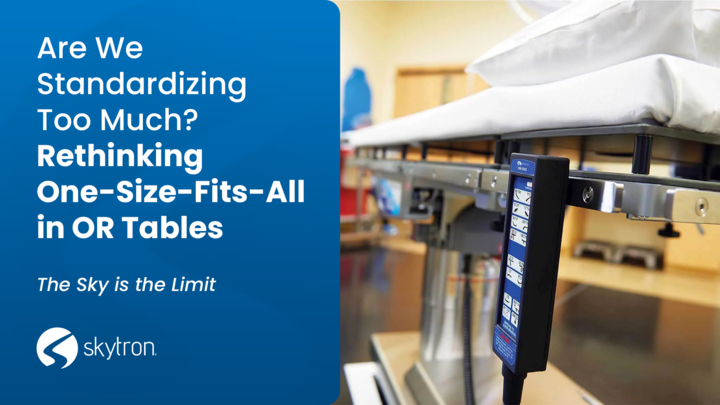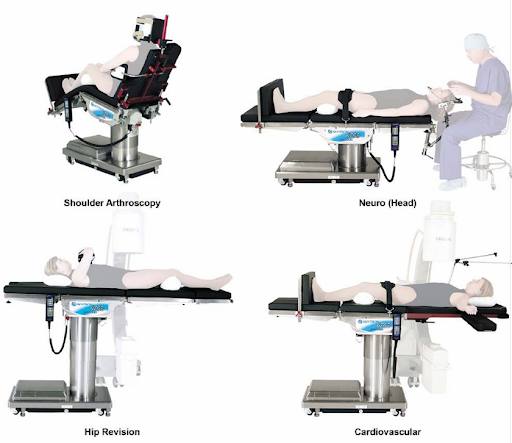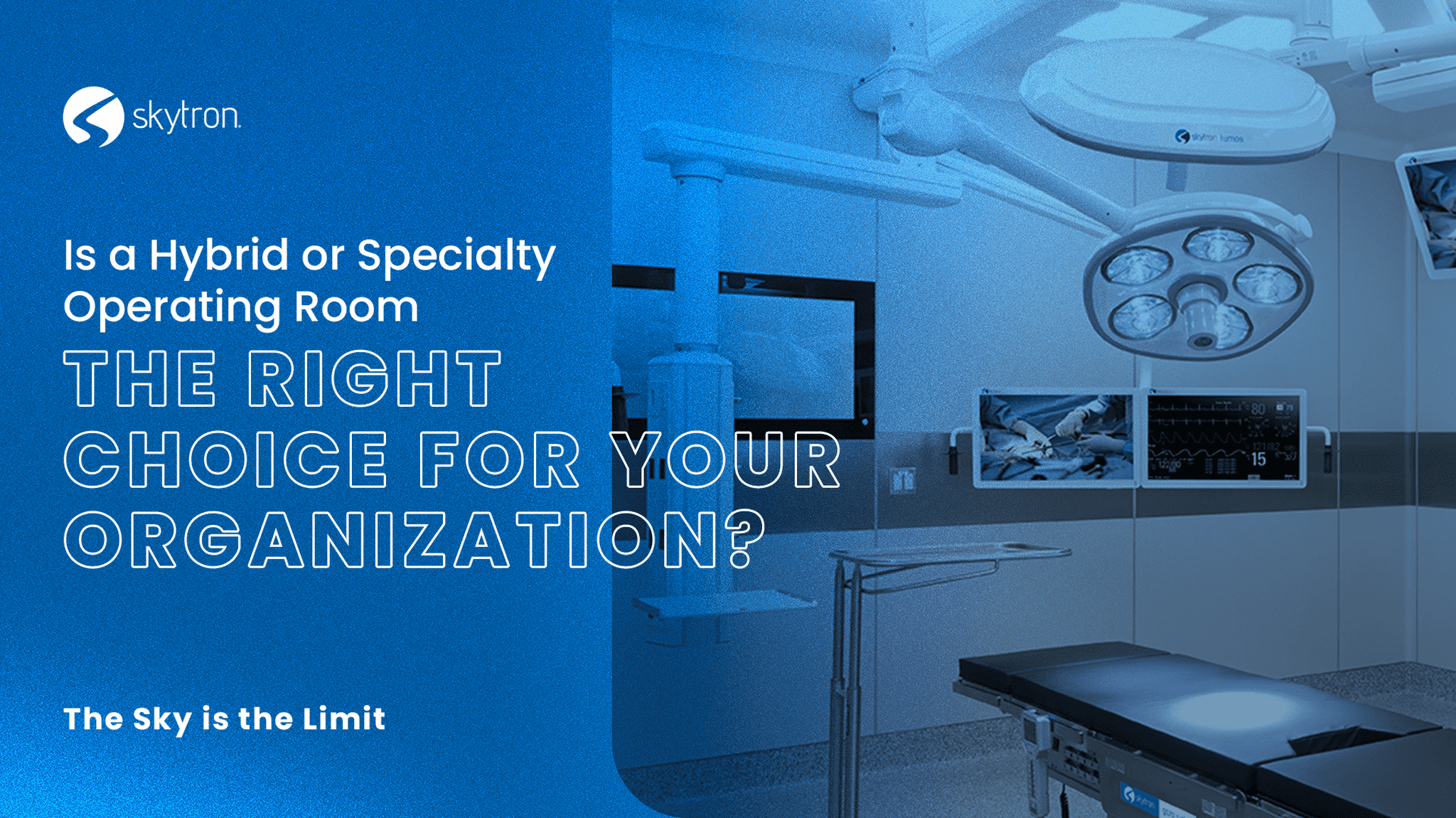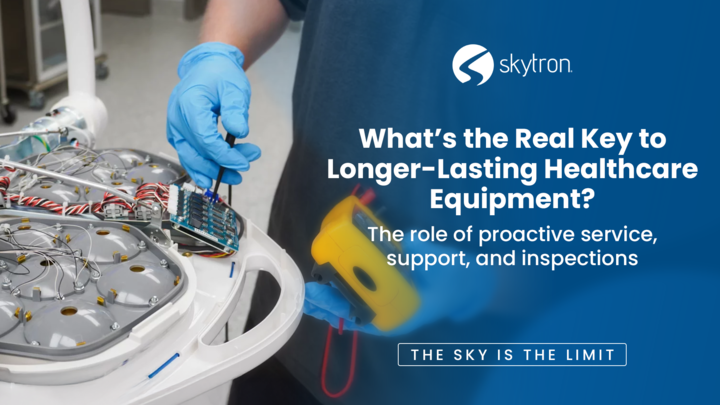
-
Written ByBill Wendt, Senior Product Manager
-
PublishedAugust 8, 2025
Standardizing table types certainly has operational benefits, but it shouldn't mean sacrificing clinical access or safety.
When it comes to surgical table design, versatility and reliability are non-negotiable. That’s why many hospitals and health systems are leaning toward standardization, purchasing one type of table across all ORs to streamline training, maintenance, and procurement. On paper, it makes sense. But here’s the question I often ask clinical teams and decision-makers:
“Are we standardizing at the expense of performance?”
Increasingly, I’m seeing facilities opt for top-slide surgical tables as their universal solution. The top slide design offers extended imaging length, and since it’s been widely adopted, most OR teams are familiar with it. That level of comfort and consistency is attractive. However, it’s also limiting, especially when other table types, such as top-rotating surgical tables, offer equal or better performance for specific needs at a significantly lower cost.
Let’s take a closer look at what top rotation offers and why it’s worth rethinking the one-size-fits-all mindset.
What Does Top Rotation Actually Do?
Functionally, the purpose of a rotating top is the same as any surgical table: to provide good imaging and surgical access. But instead of sliding the patient longitudinally, top rotation allows the table surface (and patient) to rotate up to 210 degrees.
That small mechanical difference has a major clinical impact.
“Rotation allows surgical staff to work from the short side of the table base—without bumping into the column or limiting movement.”
This is especially helpful for seated procedures, where extra legroom and better ergonomics support the surgeon’s comfort and precision.
One of the most overlooked advantages is how rotation allows the patient’s back to remain on the back section of the table, the section designed to support the upper body. With a non-rotating table, you often have to reverse the patient to access the short side, placing their back on the leg section instead.
“The back section is built for the back. The leg section is built for the legs.”
Reversing the patient often results in lost weight capacity, reduced function (like ‘return to level’), and pendant control confusion. Rotating the table solves all of that, without compromise.
Common Misconceptions About Rotating Tables
Despite the benefits, there are a few myths we frequently hear:
- Rotation is not the same as patient reversal. Reversing creates clinical trade-offs. Rotation avoids them.
- Weight capacity is not reduced. For example, our 6702 Hercules table with 210° top rotation supports up to 1,200 lbs.
- It’s not just for one type of case. While rotating tables are often used for ENT, neuro, shoulder, and thyroid procedures, they are designed for general-purpose use, not just specialty applications.
The Cost and Access Advantage
“Top rotation tables can cost roughly 25% less than top slide tables, with nearly identical functionality.”
That kind of value matters, especially when considering the extensive access and flexibility these tables provide across a wide range of surgical environments.

With rotation, you can position the table before the patient even enters the room. Once the patient is on the table, the team can work uninterrupted from the optimal side of the base, enhancing surgeon access and even simplifying integration with C-arms or fixed room equipment.
Are We Standardizing Too Much?
Standardizing table types certainly has operational benefits, but it shouldn’t mean sacrificing clinical access or safety. Sometimes, a rotating table may be the better tool for the job.
“Rather than asking, ‘Which single table should we use everywhere?’ I’d encourage OR leaders to ask, ‘Where could top rotation better serve our team and our patients?’”
The answer might surprise you. Skytron offers two top rotating models: the 6702 Hercules and 6302 Elite.
Contact Bill Wendt today at bwendt@skytron.com with any additional questions.






